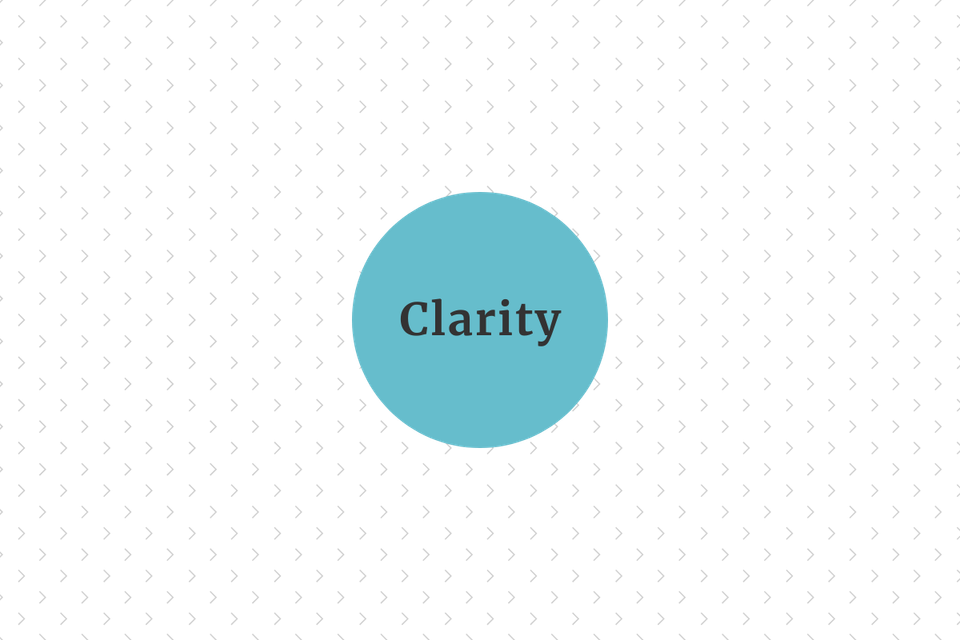Fighting Complexity with Clarity

You know that feeling when your day disappears amid a barrage of urgent emails and the constant pinging of incoming chat messages? You open your laptop to fifteen browser tabs, one of which is a detailed dashboard that answers everything except the question you actually have. You run from meeting to meeting where no one is quite sure who's deciding what. All of a sudden it's 4 p.m., you've been busy all day but you struggle to name what you were able to move forward.
That's complexity; the silent assassin of an organization's productivity.
Most organizations don't notice complexity creeping in until they find themselves having difficulty moving. Every new system, recurring meeting, hierarchical layer, and process adds a bit of drag on momentum. But stacked over time, it becomes what Nelson Tepfer describes as a compounding cost which "erodes focus, slows execution, and confuses teams." These costs are like a hidden tax, unseen on the balance sheet, that accumulate within organizations as they grow over time.
Complexity isn't loud; it's polite, reasonable, and constant. You can find it in the way we communicate ("let's circle back"), the way we plan ("add one more KPI"), and the way we lead ("let's add another process"). Complexity feels safe because on the surface it can look like sophistication. But in reality, it's often a band-aid that adds layers on top of the root cause of the problem.
According to a study by the Boston Consulting Group, complexity in businesses has increased sixfold since the 1955. In response, organizations have increased "operational complexity by a factor of 35 through the introduction of new procedures, processes, reporting layers, structures, and scorecards." You are more likely to spend time managing your work then actually doing your work.
So how do we fight complexity? With clarity.
I recently learned this lesson the hard way. I used to chase the perfect planning system. OKRs and agile sprints promised alignment and focus but usually ended up adding more process than progress. Every year we would reset the system, rename the meetings, and end up right back where we started buried under the weight of a new framework designed to make us feel more organized. Complexity had crept into the process that was supposed to make things easier.
Eventually, I stopped trying to find the next system and started to deconstruct them all. What I found underneath was the same universal truth: progress happens in clear steps. That's it. On our team, we call it Milestone Planning, a bare-bones approach to strategic execution. No jargon. No bloat. Just a structured rhythm that keeps everyone moving forward toward what actually matters. We accomplished more in 6-months than we did in 3-years. I'll never use another planning system again.
Clarity is the ability to strip away the noise until only the essential remains. McKinsey's research on decision-making reveals that speed and quality improve dramatically when teams share clear norms about who decides what and how those decisions are executed. Most of their findings center around using clarity as the antidote to complexity. Prioritize the few decisions that truly move the needle. Convene meetings only when necessary. Define decision roles up front. Push decision-making authority to as close to the work as possible.
As a leader, I've learned that clarity isn't a moment of insight; it's a discipline that I need to nurture. It shows up in how I structure a presentation, interpret data, or make a decision. When reading about intelligent choice architectures, I came across a term used by MIT Sloan called "complexity management," a business methodology focused on optimizing complexity to unlock performance and profitability. It reminded me that to be a good leader, you need to manage complexity with intent.
Any intelligent leader can make things more complicated. It's an easier path to take. The best leaders focus on creating a discipline around clarity.

